It’s been almost three months since Aaron Bushnell shocked the world in an unprecedented act of self-immolation outside the Israeli embassy in Washington D.C. While on a live Twitch stream he declared, “I’m an active duty member of the United States Air Force. And I will no longer be complicit in genocide… I’m about to engage in an extreme act of protest, but compared to what people have been experiencing in Palestine at the hands of their colonizers, it’s not extreme at all.” He then proceeded to douse himself in a flammable liquid and set himself ablaze in the embassy driveway. As this unfolded a police officer shouted at him, “Get on the ground you fucker… get on the ground.” Through unimaginable suffering, Bushnell unmistakably screamed “Free Palestine” five times before collapsing. At this point two uniformed officers, one equipped with a fire-extinguisher and the other, a handgun, ran into frame. One officer extinguished the fire while the other kept his weapon aimed at Bushnell’s motionless flaming body.
Critics of Bushnell will attribute his actions to being purely a product of mental illness when in fact they were completely congruent with his anti-imperialist political convictions. He committed to sacrificing himself for a cause he believed in, liberating Palestine, just as Arab resistance fighters have done for decades. Mental illness implies detachment from reality. The final statements made by Bushnell, however, illustrate a man so overwhelmed by a keen awareness of his country’s support for Israel’s atrocities that he felt no choice but to protest in one of the most alarming ways imaginable. Bushnell burned himself alive to call attention to the Palestinians who die every day as martyrs defending the occupation of their land, and alleging mental illness to detract from his motivations is insidious at best and deplorable at worst.
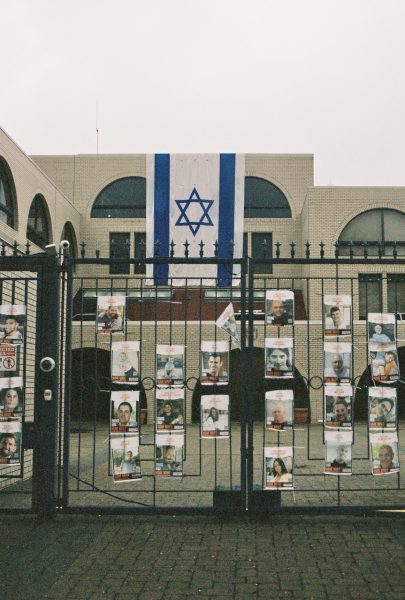
On a trip to Washington D.C. on April 2nd, I visited the Israeli embassy to see how Bushnell’s memory was being honored and what else was being done to protest the Israel-Hamas war. Despite it being an ordinary Tuesday afternoon, the scene that day was unbelievable.
Demonstrations outside the embassy could be heard before they were seen. Twenty to thirty bull horns playing distinct sirens surrounded the premises. Audible from blocks away, each horn was cycling through different patterns and decibels, making them impossible to tune out. Walking towards the increasingly deafening sirens, most nearby houses displayed either an Israeli or Palestinian flag. Despite this obvious tension, people were carrying on as normal, walking their dogs and picking up their kids from the bus stop.
Stepping foot on the embassy grounds, even with proper ear protection, it was impossible to escape the abrasive display. I was confronted with dozens of pictures of the starved and dismembered corpses of women, children, and infants. Starting on the northwest corner of the property and walking around the corner towards the driveway where Bushnell self-immolated, remnants of his memory were in every step I took. Artwork was displayed every few feet praising him as a heroic symbol of the intifada.
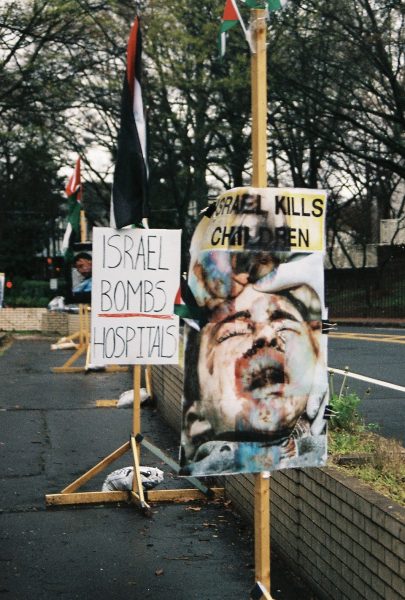
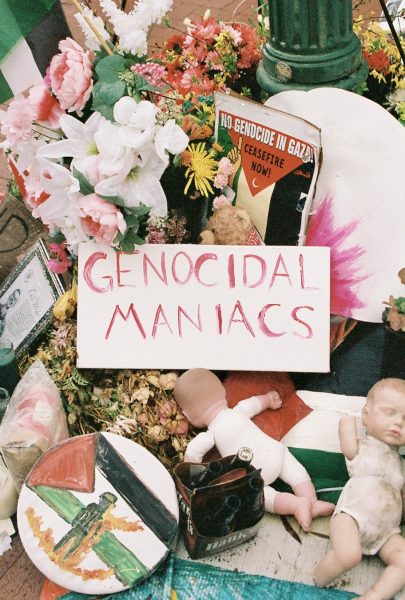
Three protesters were present, an older woman and a young couple. They were circling the block shouting “cowards” through a bullhorn to those leaving the embassy, but were unable to approach them due to extensive security. The people leaving and the security guards escorting them were all being protected by the anonymity of ski-masks and the defense of the Secret Service. Parked across the street were five Secret Service cars with ten officers, rifles across their chests, closely monitoring the protesters. They were mostly concentrated near the driveway, likely concerned with stopping anyone trying to copy Bushnell.
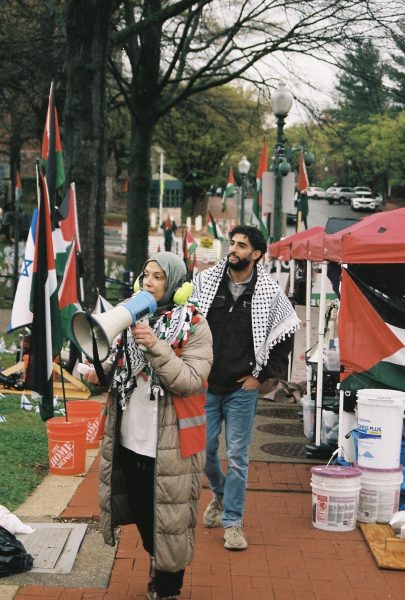
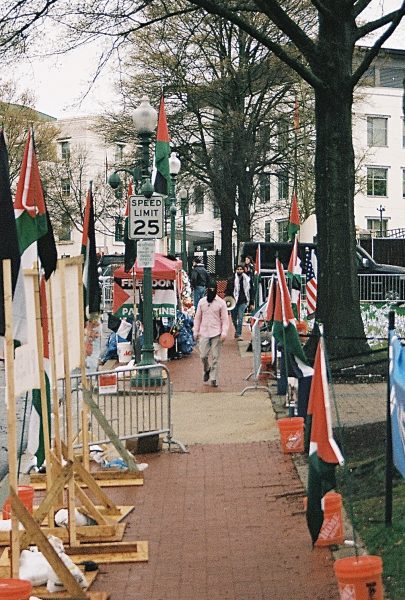
The image of Israeli affairs being conducted in a fortified brick building protected by the American government, and Palestinians operating out of tents pitched on land they don’t own, so distraught from the atrocities done to their people, that all they can do to carry on is shout over the fence at a building which doesn’t recognize their existence, was an image so ironic it was almost absurd.
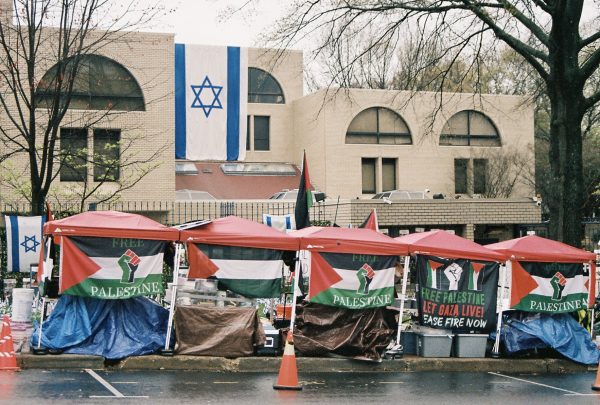
Finally arriving at the driveway, I was surprised to see that it was the only area completely unobstructed. However, upon further inspection, a haunting detail presented itself. One spot on the light gray pavement was black, charred by Bushnell’s burning body.
Bushnell stated in his will that, “I wish for my remains to be cremated. I do not wish for my ashes to be scattered or my remains to be buried as my body does not belong anywhere in this world… If a time comes when Palestinians regain control of their land, and if the people native to the land would be open to the possibility, I would love for my ashes to be scattered in a free Palestine.” It was heartbreaking to stare down at that black patch of pavement, the last physical evidence of his memory, and surmise that he may never have that final wish fulfilled.
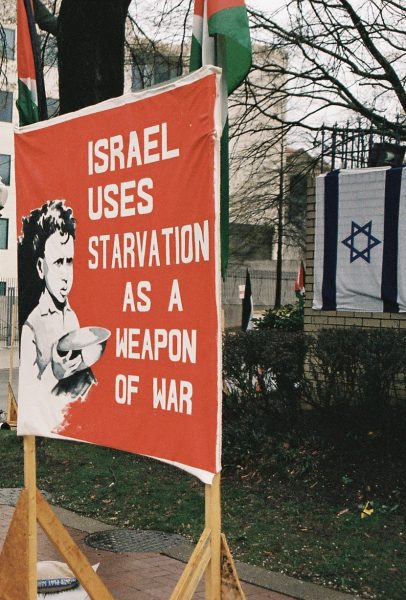
The only solace that can be found is in knowing that he at least didn’t have to continue living so consumed by guilt, the kind of guilt we all should feel seeing children in Washington looking for their parents at the bus stop while children in Palestine are looking for their parents under the rubble of their demolished neighborhoods. As Bushnell put it in the final letter to his family, “The machine demands blood. None of this is fair.”
Bushnell wanted the extremity of his actions to combat the downplayed narratives across network news broadcasts. He wanted America to witness his protest and feel a level of discomfort that could not be achieved through the mainstream media. I challenge anyone to watch his video in its entirety, or look down at that soot-stained driveway, and still ignore the afront to humanity that is the Palestinian genocide. As long as we honor his sacrifice by continually educating ourselves about what’s happening in Palestine from independent sources, Bushnell’s death will not be in vain.
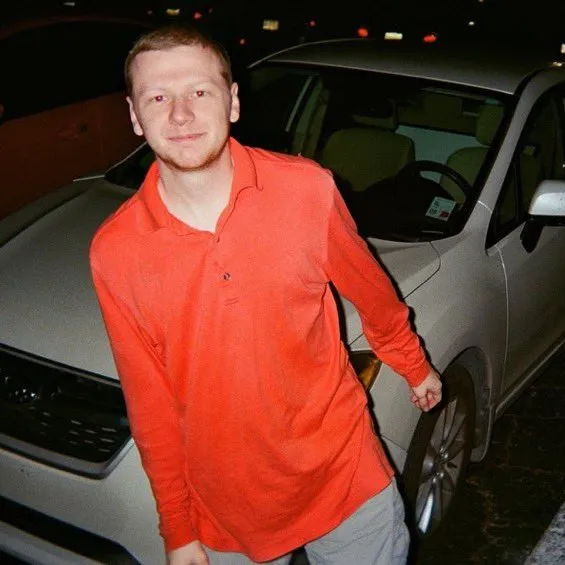

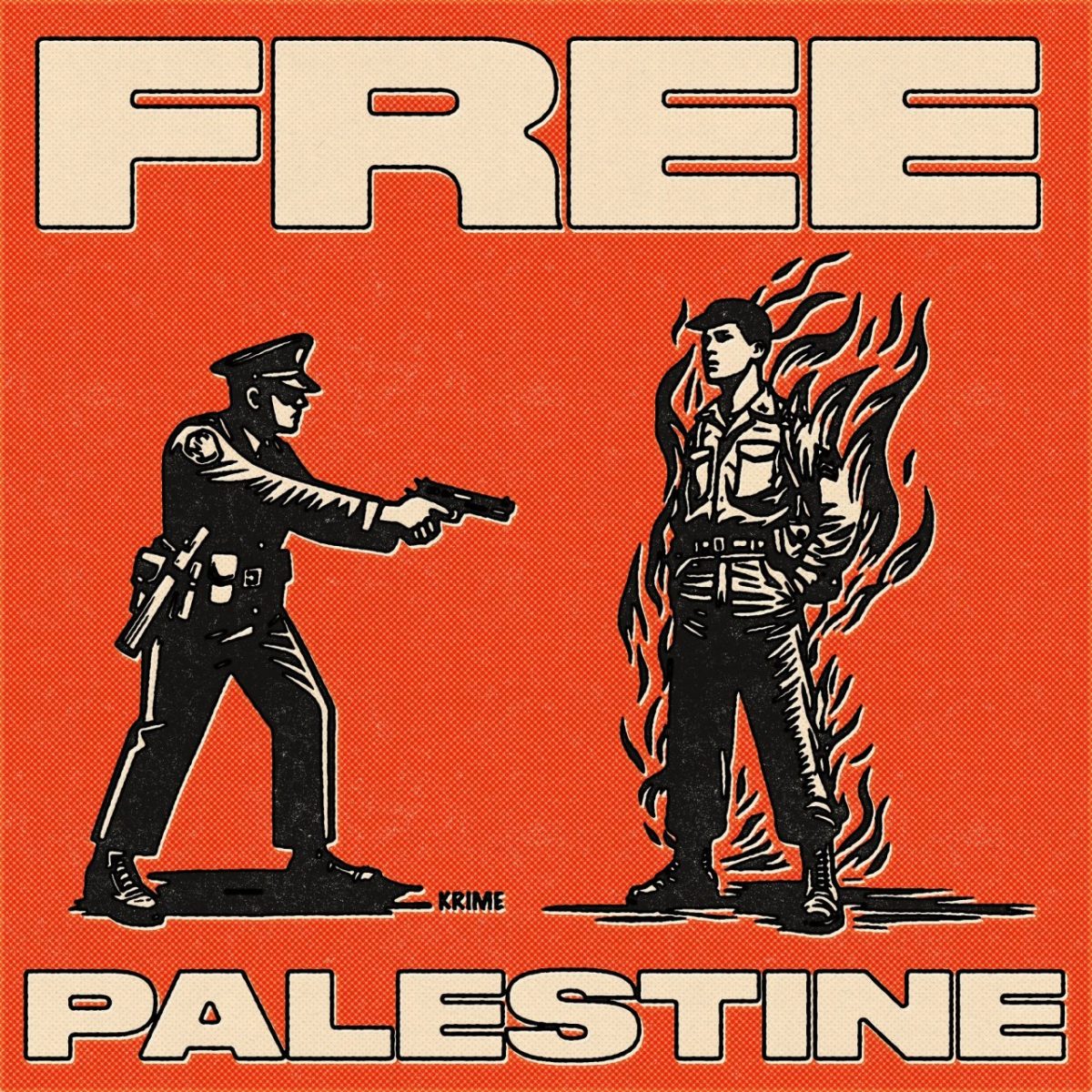


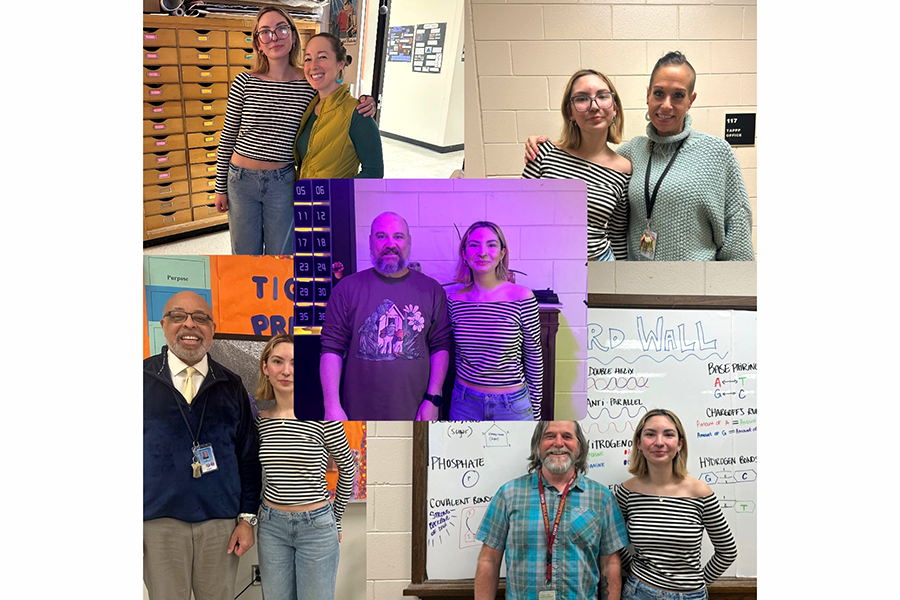
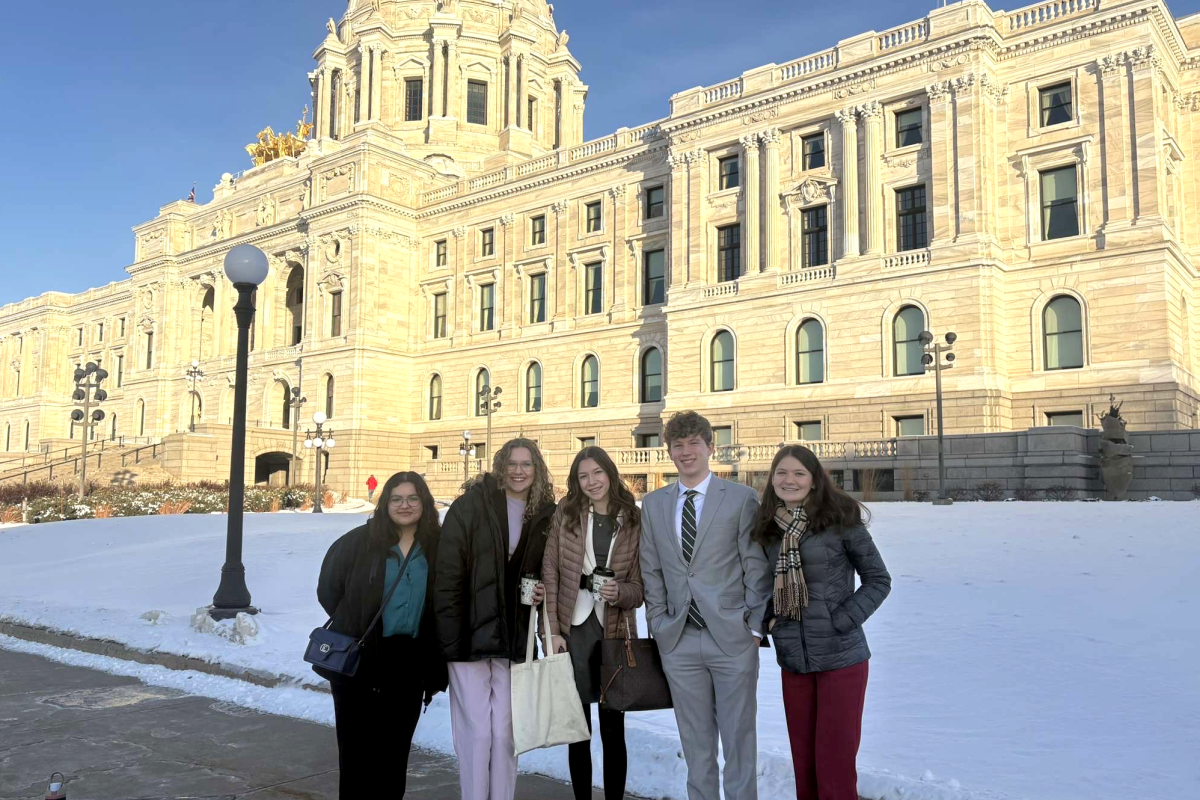
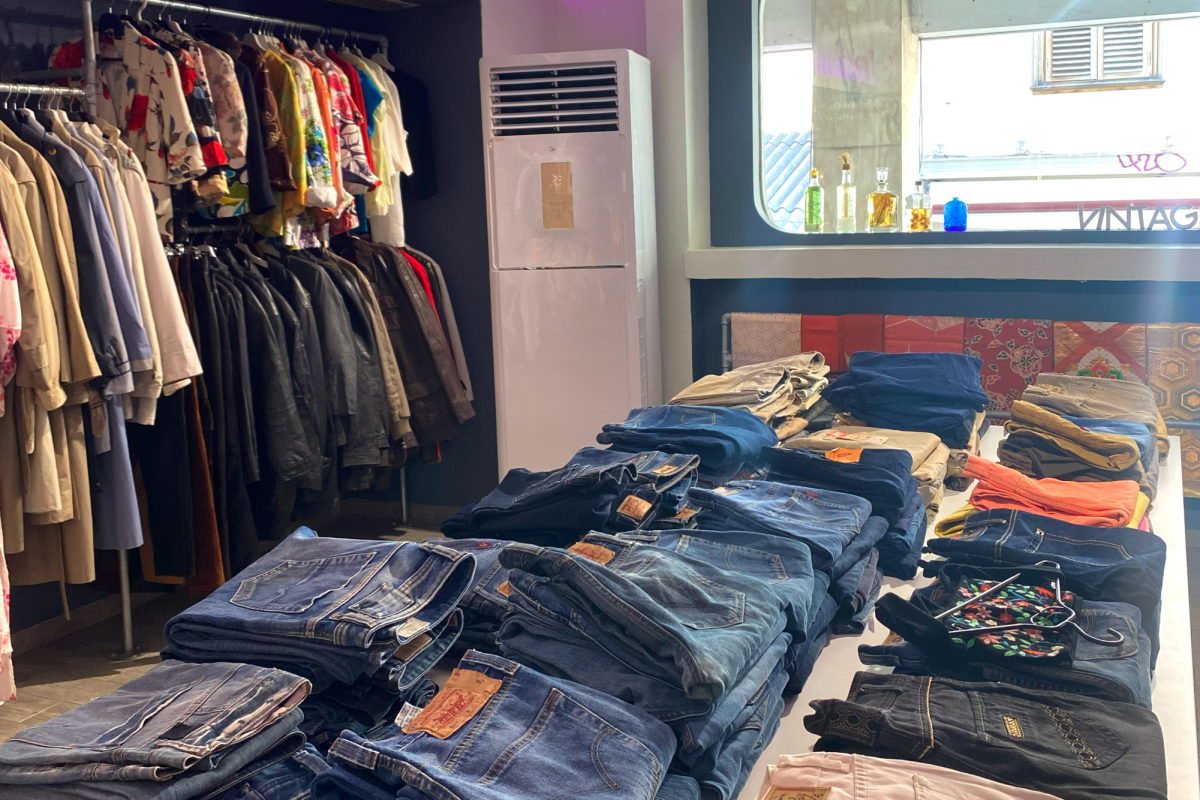
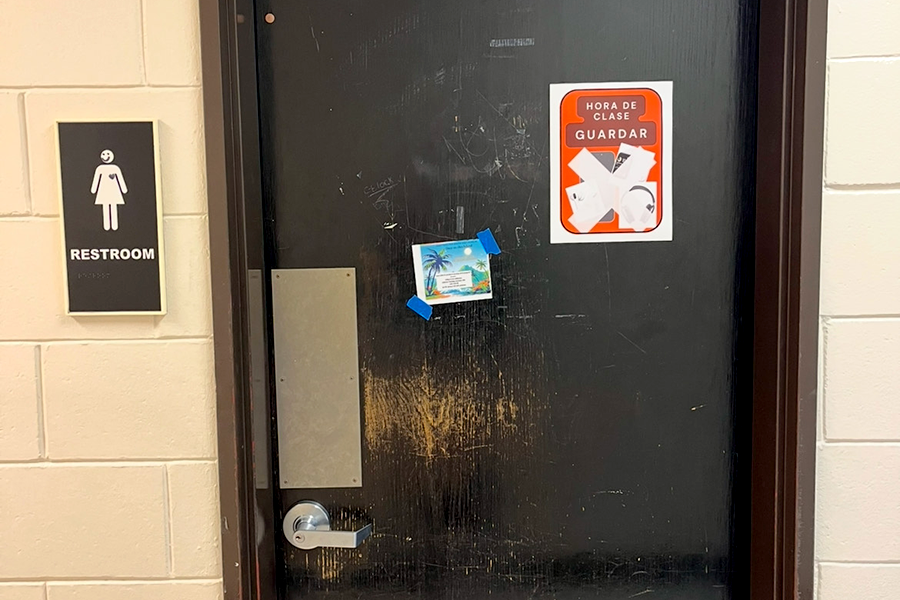
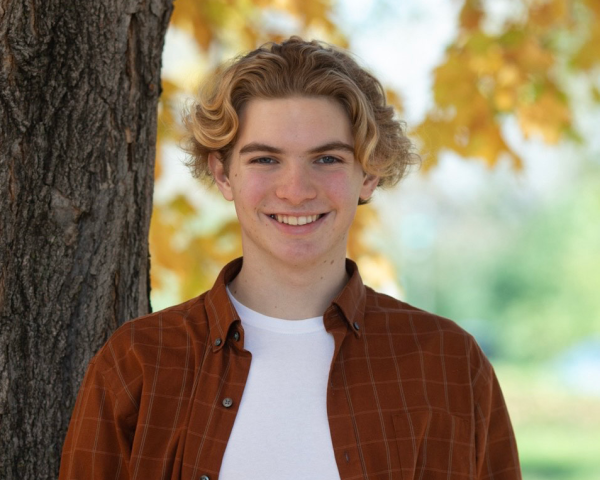
Akhil Patel • May 20, 2024 at 2:03 pm
I wish to take revenge for the bravest sacrifice Aaron Bushnell made, or I wish possess the bravery to do the same as him one day! Rest in Power and Peace. Your name and doings will never be forgotten. My tears can’t stop dropping whenever I remember you, your image , your words and the act you did! It brings me back to the reality, for which I am grateful and yet at same time saddened for the fact that you are bo longer in this world.
Tim Franklin • May 19, 2024 at 2:12 am
The valour and sacrifice of Aaron stands prominently in our collective recollections permanently , no doubt there are many valiants conscientious , compassionate people whose sensitivities opposes wholesale slaughters of Palestinians by genocidal Zionist , only through people power American and indeed western nations can have liberations from the stifling shackles of Zionist hegemonic subjugations and by extensions librate Palestine .